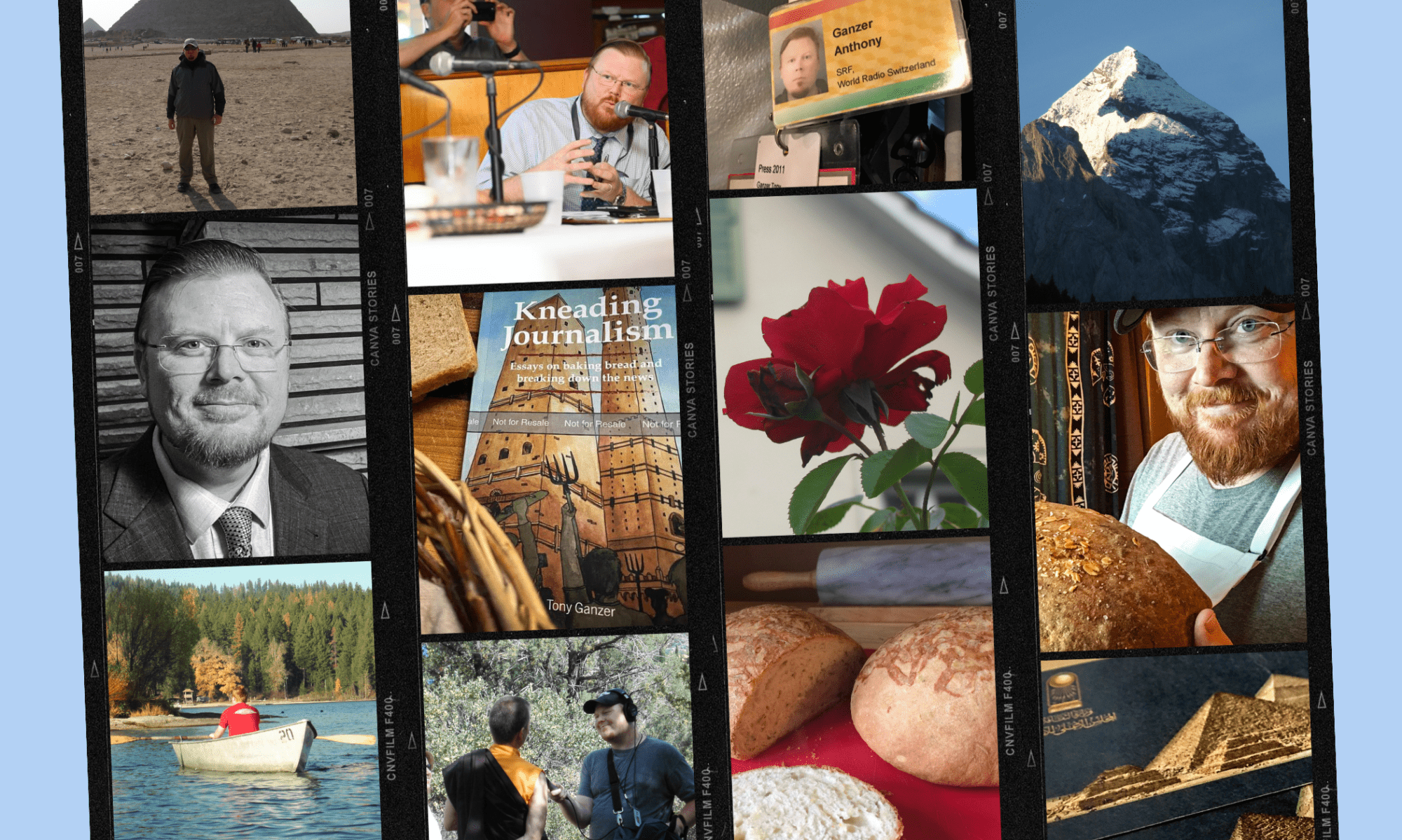Imagine you’ve been living in Switzerland for more than 20 years, when news breaks that a revolution is underway in your home country—and only steps away from where your family is still living. That’s what happened to Zurich social worker Hamed Selim. A little over a year later, WRS’s Tony Ganzer returns with him to Cairo, to Tahrir Square, the heart of the revolution, and discovers that the people have taken the square back for themselves:
January 2011 brought conflicted emotions for Hamed Selim, a Zurich social worker in Switzerland more than 20 years. Egypt’s revolution had landed in front of his childhood home.
SELIM: “It started. I live downtown, you know, just a couple minutes from Tahrir Platz [Square]. I really, really was worried. Second thing was happy. But my family there, and really a little bit afraid. All of these things, you know, and always thinking what can I do to be a part of it. As an Egyptian, yeah.”
Selim took leave from work immediately, to take to the streets where he still feels at home, wanting to show how serious he felt the revolution is, despite some protestors seeing only a chance to perform.
SELIM: “The 28th of January I saw it on TV. And it was like, for me, like, from TV, it’s a joke. You are going with camels and horses, you know, like is it a joke? Or what’s happening now? I didn’t see it as dangerous, but I wasn’t also there between them.”
Tahrir was filled at that time with millions of Egyptians, urging change and reform in what they saw as an oppressive system under Hosni Mubarak. Despite mostly peaceful protest clashes erupted, notably and recently on Mohamed Mahmoud Street just off Tahrir. Tear gas thick as fog filled the area, while protesters threw rocks. Activist footage documented security forces using buckshot and pellets to disperse the crowds.
Even now there are sporadic protests, but those remain mostly peaceful.
SELIM: “They are…against the military regime. And a couple of women sitting in the car seems like mothers from children who died in the demonstrations, you know, like in Mohamed Mahmoud Street, and Tahrir Square. They are not satisfied with what’s happening now.”
KHALED FAHMY: “I studied the history of that place, of Tahrir itself as a site, because I study urban planning. Tahrir has been transformed under Mubarak into a very weird place.”
Khaled Fahmy is the chair of the history department at the American University in Cairo.
FAHMY: “They cut off trees that gave shade; they put very slippery marble tiles that made it very difficult to walk in the square on the sidewalk; and then they erected these very, very thick and high fences that prevent people from crossing streets, supposedly for safety, but in fact, and this is in all big squares in Cairo, there was a deliberate attempt, and it doesn’t take a genius to find this out, to prevent people from congregating.”
Tahrir Square looks now more a carnival than hub of revolution. Large tents and groups of people camp constantly in the square, while traffic pushes and crawls through the round-about, cars moving in every direction. Souvenir and food vendors now stand where millions protested a year ago.
FAHMY: “People are now feeling that the country belongs to them, and that’s not to be taken for granted. We did not feel that it’s our country. For people to turn Tahrir Square into a circus, that is very political. That’s a very interesting transformation of people taking the very core of the city, the very heart of it, and turning it into their space. They do whatever they want to do in it. The amount of conversations, and deliberations, and very, very serious political debates that took place in Tahrir over the last 13 months now, is something Egypt has not witnessed in 60 years.”
SELIM says: “They are not satisfied. They are not satisfied. And they are now walking through to Tahrir Square it’s around 100 meters.”
Small groups voice their disapproval in the streets of Cairo, using their public space as they see fit. Hamed Selim is entranced by the revolution and what it has done to his country, and he is optimistic. Just as optimistic as his family is, living 12 to a small home on the rooftops of downtown Cairo just steps from Tahrir.
This story was part of a 2013 Edward Murrow award winning entry


